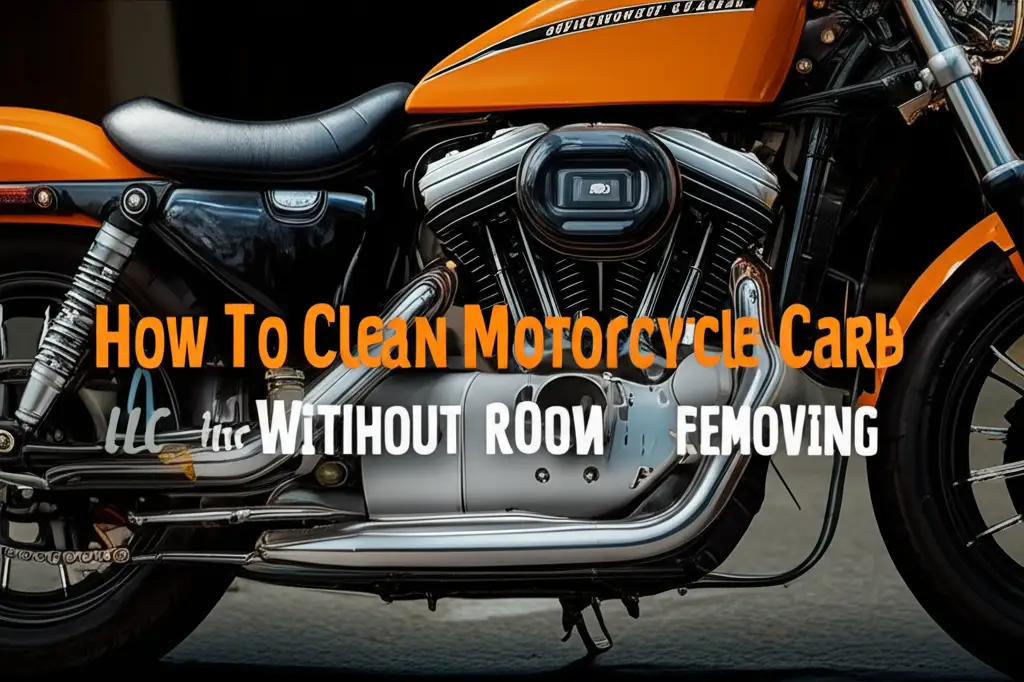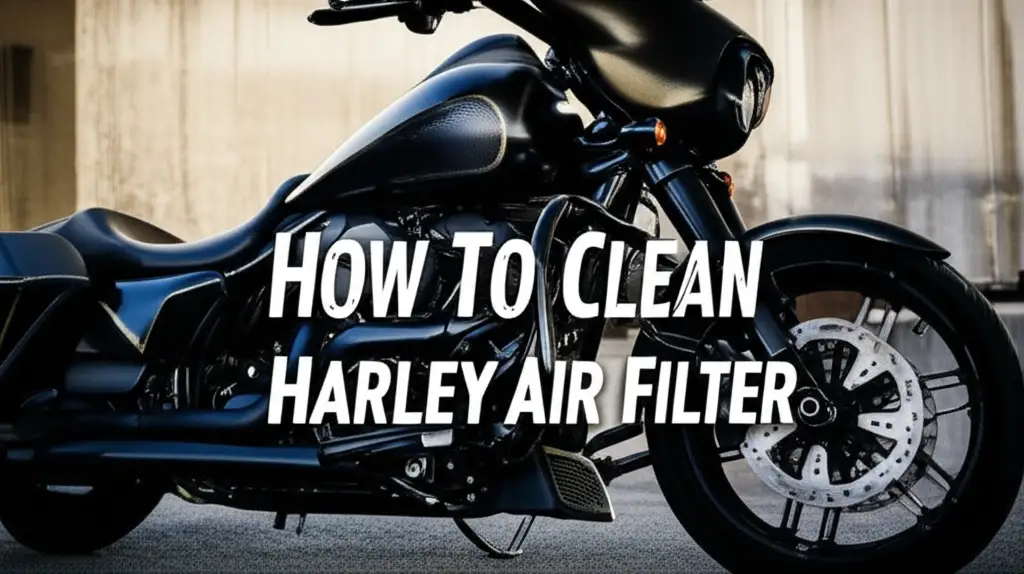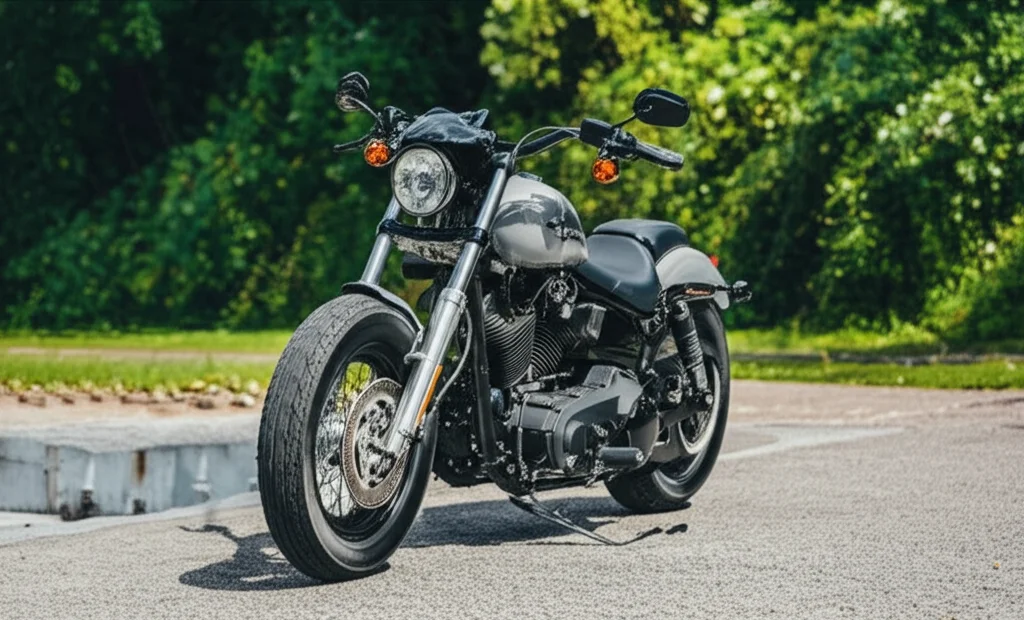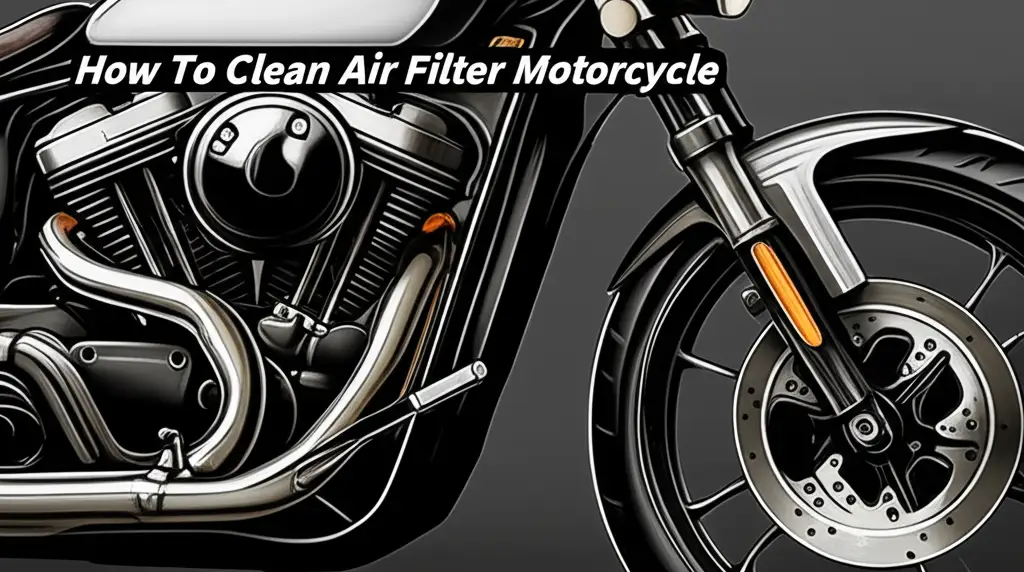· Motorcycle Maintenance · 6 min read
How To Clean Motorcycle Exhaust Pipe Inside

Rev Up Your Ride: How To Clean Motorcycle Exhaust Pipe Inside
Is your motorcycle lacking its usual punch? A clogged exhaust pipe could be the culprit. Over time, carbon buildup inside your motorcycle’s exhaust pipe restricts airflow, reducing performance and altering the sound. Cleaning the inside of your exhaust pipe isn’t as daunting as it sounds, and it’s a task many riders can tackle at home. This article will guide you through the process of cleaning your motorcycle exhaust pipe inside, covering everything from necessary tools to safety precautions. We’ll explore different methods, helping you restore your bike’s performance and enjoy a smoother, more powerful ride.
Quick Answer: Cleaning your motorcycle exhaust pipe involves removing the pipe, using tools like brushes, picks, or chemical cleaners to dislodge carbon buildup, and then reinstalling it. Always prioritize safety by letting the exhaust cool completely and wearing appropriate protective gear.
Takeaway:
- Regular cleaning improves exhaust flow.
- Use the right tools for the job.
- Prioritize safety throughout the process.
Why Cleaning Your Motorcycle Exhaust Matters
A clean exhaust system is vital for optimal motorcycle performance. Carbon deposits accumulate inside the exhaust pipe due to incomplete combustion of fuel. This buildup restricts the flow of exhaust gases, leading to reduced engine power and efficiency. Think of it like trying to breathe through a straw – the restricted airflow makes everything harder. Beyond performance, a clogged exhaust can also cause your motorcycle to overheat and even damage the engine over time. Regular cleaning prevents these issues, ensuring your bike runs smoothly and efficiently.
Gathering Your Tools for Exhaust Cleaning
Before you begin, having the right tools makes the job much easier and safer. Here’s a checklist of what you’ll need:
- Wrenches & Sockets: To remove the exhaust pipe from your motorcycle. Ensure you have the correct sizes for your bike’s bolts.
- Exhaust Pipe Brush: A long-handled brush specifically designed for cleaning exhaust pipes. These come in various sizes and materials.
- Pick Set: Useful for breaking up stubborn carbon deposits.
- Chemical Exhaust Cleaner: Specifically formulated to dissolve carbon buildup. Always follow the manufacturer’s instructions.
- Gloves: Protect your hands from dirt, grime, and chemicals.
- Safety Glasses: Shield your eyes from flying debris.
- Mask/Respirator: Protect your lungs from dust and fumes, especially when using chemical cleaners.
- Penetrating Oil: Helps loosen rusted bolts.
- Shop Towels: For wiping down surfaces and cleaning up spills.
Safely Removing the Exhaust Pipe
Safety is paramount when working on your motorcycle. Always start by ensuring the engine and exhaust system are completely cool to the touch. Working on a hot exhaust pipe can cause severe burns. Disconnect the battery to prevent accidental starting. Then, carefully loosen and remove the bolts securing the exhaust pipe to the engine. If the bolts are rusted or stuck, apply penetrating oil and let it sit for a while before attempting to remove them. Support the exhaust pipe as you remove the last bolts to prevent it from falling and causing damage.
Methods for Cleaning the Inside of the Pipe
Now that the exhaust pipe is removed, it’s time to tackle the carbon buildup. Here are a few effective methods:
Mechanical Cleaning with Brushes and Picks
This is the most common and often the most effective method. Insert the exhaust pipe brush into the pipe and use a twisting motion to scrub away the carbon deposits. For particularly stubborn areas, use a pick to carefully break up the buildup. Work your way through the entire length of the pipe, ensuring you reach all areas. This method is great for removing thick, hardened carbon.
Chemical Cleaning Solutions
Chemical exhaust cleaners can dissolve carbon buildup, making it easier to remove. Follow the manufacturer’s instructions carefully, as these cleaners can be harsh. Typically, you’ll spray the cleaner into the pipe, let it sit for the recommended time, and then flush it out with water. Always wear gloves and safety glasses when using chemical cleaners. Consider this method for lighter carbon buildup or as a follow-up to mechanical cleaning. You can find more information on cleaning solutions at https://beacleaner.com/how-to-clean-kitchen-mats/.
Using a Chain and Ball Method
For larger diameter pipes, you can use a chain and steel balls. Insert a length of chain and several steel balls into the pipe. Shake vigorously, allowing the balls to knock loose the carbon deposits. This method is effective for pipes that are too large for brushes.
Dealing with Stubborn Carbon Deposits
Sometimes, carbon buildup is incredibly stubborn and doesn’t come off easily. Here are a few tips for tackling those tough spots:
- Heat: Gently heating the pipe with a torch (use extreme caution!) can help loosen the carbon. Never heat the pipe while it’s still attached to the motorcycle.
- Soaking: Soaking the pipe in a chemical cleaner overnight can help dissolve the carbon.
- Persistence: Sometimes, it simply takes time and effort. Keep scrubbing and picking at the deposits until they come loose.
- Professional Help: If you’re unable to remove the carbon buildup yourself, consider taking the pipe to a professional motorcycle mechanic.
Reinstalling the Exhaust Pipe and Final Checks
Once the inside of the exhaust pipe is clean, it’s time to reinstall it. Apply a small amount of anti-seize compound to the bolts to prevent them from seizing in the future. Carefully align the pipe and tighten the bolts to the manufacturer’s specified torque. Double-check that all bolts are securely fastened. Reconnect the battery and start the motorcycle to ensure everything is working correctly. Listen for any unusual noises or leaks. If you notice anything amiss, re-check the installation. Keeping your motorcycle in top shape also means keeping the surrounding areas clean, like learning https://beacleaner.com/how-to-clean-kitchen-sink-mats/.
FAQ: Your Exhaust Cleaning Questions Answered
Q: How often should I clean my motorcycle exhaust pipe?
A: It depends on your riding conditions and how often you use your motorcycle. Generally, cleaning it once a year or every 5,000-10,000 miles is a good practice.
Q: Can I use oven cleaner to clean my exhaust pipe?
A: While some riders have used oven cleaner, it’s not recommended. Oven cleaner can damage the metal of the exhaust pipe. Use a cleaner specifically designed for motorcycle exhausts.
Q: What if I can’t get a bolt loose?
A: Apply penetrating oil and let it sit for several hours or overnight. If that doesn’t work, you may need to use a bolt extractor or seek professional help.
Q: Is it safe to use a wire brush on my exhaust pipe?
A: A wire brush can scratch the surface of the exhaust pipe. It’s best to use a brush specifically designed for exhaust pipes, which typically have softer bristles.
Conclusion: Breathe New Life Into Your Motorcycle
Cleaning the inside of your motorcycle exhaust pipe is a worthwhile maintenance task that can significantly improve performance and extend the life of your engine. By following the steps outlined in this guide, you can effectively remove carbon buildup and restore your bike’s power. Remember to prioritize safety, use the right tools, and be patient. A clean exhaust pipe means a happier, more powerful ride. Don’t forget to regularly inspect and clean other parts of your motorcycle for optimal performance. For other cleaning tasks around your home, you might find https://beacleaner.com/how-to-clean-burnt-sugar-off-stovetop/ helpful!
- motorcycle exhaust
- exhaust cleaning
- motorcycle maintenance
- carbon buildup
- pipe cleaning




